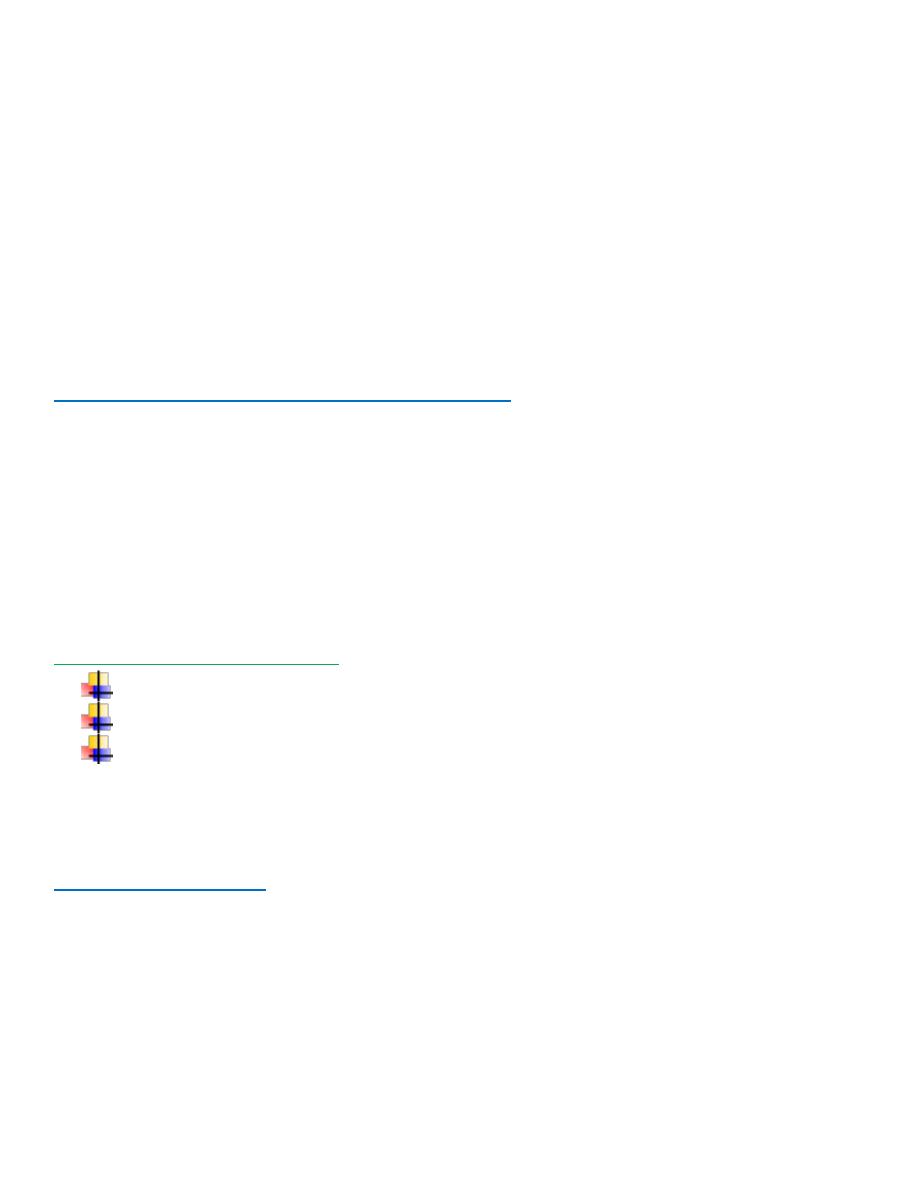
Medicine
Dr. Samar
Under nutrition in starvation and famine is endemic
Maldistribution
Chronic Under Nutrition:
•
More than half of all childhood death.
•
Marasmus.
1)Growth retardation.
2)Wasting.
•
Kwashiorkor:
1)Malnutrition + oxidative stress.
2)Edema.
3)Wasting weight loss in adult.
Protein-Energy Malnutrition In Adult:
Wasting rather than stunting assess by BMI.
Causes Of Under-Nutrition In Adult:
Decreased energy intake:
➢Famine.
BMI
Classification
> 20
Adequate nutrition
18.5 – 20
Marginal
< 18.5
17 – 18.4
16 – 17
< 16
Under-nutrition
Mild
Moderate
Sever

➢Persistent regurgitation or vomiting.
➢Anorexia, including anorexia nervosa.
➢Malabsorption (e.g.: small intestinal disease).
➢Maldigestion (e.g.: pancreatic exocrine insufficiency).
Increased energy expenditure:
➢Increased BMR (thyrotoxicosis, trauma, fever and cancer
cachexia).
➢Excessive physical activity (e.g.: marathon runners).
➢Energy loss (e.g.: glycosuria in the diabetes).
➢Impaired energy storage (e.g.: Addison’s disease and
phaeochromocytoma).
Causes Of Weight Loss In Adult:
Psychosocial:
▪ Respiratory causes.
▪ Gastrointestinal.
▪ Chronic infection.
▪ Neurodegeneration.
▪ Endocrine.
▪ Cardiac.
▪ Renal causes.
▪ Rheumatological.
Clinical Assessment:
BMI.
Mid-arm circumference (middle of humerus): loss of mass and
subcutaneous fat.
Skin fold thickness of triceps.
Muscle mass: (2 – 3).
Important in the monitoring progress in the treatment.
Clinical Features:
❖
Loss of the weight.

❖
Thirst, craving for food, feeding cold.
❖
Pale dry skin.
❖
Hair thin or loss.
❖
Muscle wasting.
❖
Loss of the subcutaneous fat.
❖
Edema.
❖
Hypothermia, slow pulse, low blood pressure and small heart.
❖
Distended abdomen and diarrhea.
❖
Diminished tendon jerks.
Infections associated with PEM:
o
High mortality rate.
o
Gastroenteritis and Gram-negative septicaemia.
o
Respiratory infections, especially bronchopneumonia.
o
Certain viral diseases, especially measles and herpes simplex.
o
Tuberculosis.
o
Streptococcal & staphylococcal skin infections.
o
Helminthic infections.
The under nutrition leads:
Vitamin deficiencies: thiamin, folate and vitamin C.
Diarrhea: Na
+
, K
+
and Mg
++
deficiency.
Advanced starvation; normal inflammatory response, quiet,
sudden death and atrophied organ except the brain (flexed
fetal position).
Investigations:
•
Plasma glucose low….albumin.
•
Acid-base (ketosis, metabolic acidosis).
•
Search for the infections: WBC, general urine examination
(GUE) and pancytopenia.
•
Blood culture, CXR (chest X-ray).
•
Insulin secretion decreased.
•
Glucagon and cortical increased.

•
Tuberculin false.
•
ECG (sinus bradycardia, low voltage).
Management:
Graded according to BMI: (mild): there is no danger.
(moderate): there is an extra feeding.
(Sever): hospital care.
Sever Starvation:
Atrophy of the intestinal epithelium.
Atrophy of exocrine part of pancreas.
Bile dilute.
How start feeding:
➢Feeding by mouth in small frequent amount.
➢Suitable formula preparation.
➢Concentrated formula.
➢Additional food palatable, stable meal.
➢Salt restriction.
➢Additional microelements.
➢K
+
, Mg
++
and zinc multivitamins.
➢(1500 – 2000) kcal/day + regain weight.
➢Daily monitoring of weight 5% body weight/month.
➢Monitoring fluid intake.
➢Plasma glucose.
➢Electrolytes.
➢Care of the skin.
➢Treatment of infections.
➢Body temperature.
➢Protein and energy higher than require for repair & synthesis
of new tissues.
Printed By: Ahmed Riyadh
